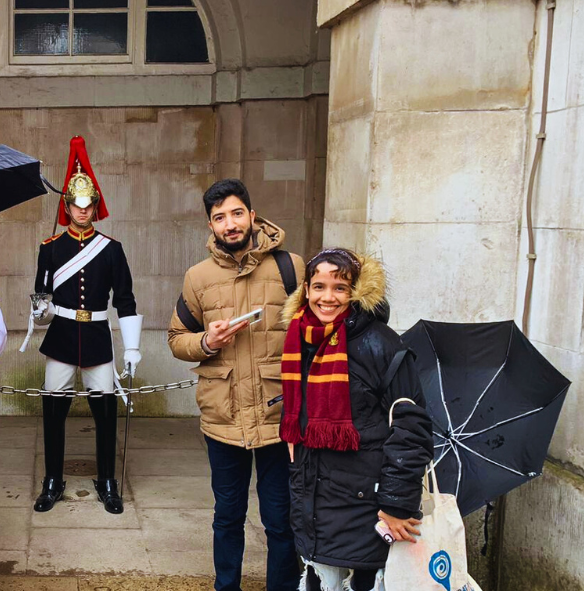When we think of learning a language, we often picture textbooks and grammar drills. However, there’s more to mastering a language than just vocabulary and syntax. Social and cultural activities are powerful tools that can significantly enhance the English learning experience for students. Let’s explore how these activities benefit students as an integral part of their English courses.
- Real-World Language Practice:
Social and cultural activities provide students with a platform to apply the language skills they learn in the classroom. Engaging in conversations, debates, or presentations during these activities helps students become more fluent and confident speakers. It’s one thing to understand grammar rules, but it’s quite another to use them effectively in a real-world context.
- Cultural Immersion:
Language and culture are inseparable. Social and cultural activities expose students to the rich tapestry of English-speaking cultures. Whether it’s celebrating holidays, exploring traditional cuisines, or participating in cultural festivals, students gain a deeper understanding of the people who speak the language. This cultural immersion promotes empathy, tolerance, and global awareness.
- Enhanced Listening Skills:
Effective communication involves not just speaking but also listening. Cultural activities often involve listening to native speakers, whether it’s watching a film, attending a theatre performance, or participating in a discussion. This hones students’ listening skills and helps them adapt to different accents and speech patterns.
- Confidence Building:
Participating in social and cultural activities can boost students’ confidence in using English. When they successfully navigate social situations or express their opinions during debates, it reinforces their belief in their language proficiency. This newfound confidence spills over into their academic work and other aspects of their lives.
- Diverse Perspectives:
Cultural activities expose students to diverse perspectives and ideas. Engaging in discussions about cultural differences, traditions, and societal norms encourages critical thinking. Students learn to appreciate multiple viewpoints, which is invaluable in a globalized world.
- Creativity and Expression:
Many cultural activities involve creative expression, such as writing, art, or performance. These activities encourage students to express themselves in unique ways. They learn to convey their thoughts and emotions through poetry, storytelling, or visual arts, making their language skills more versatile.
- Social Bonding:
Participating in cultural activities fosters a sense of community among students. It provides them with opportunities to connect with classmates who share similar interests. These bonds can lead to lasting friendships and a more enjoyable learning environment.





